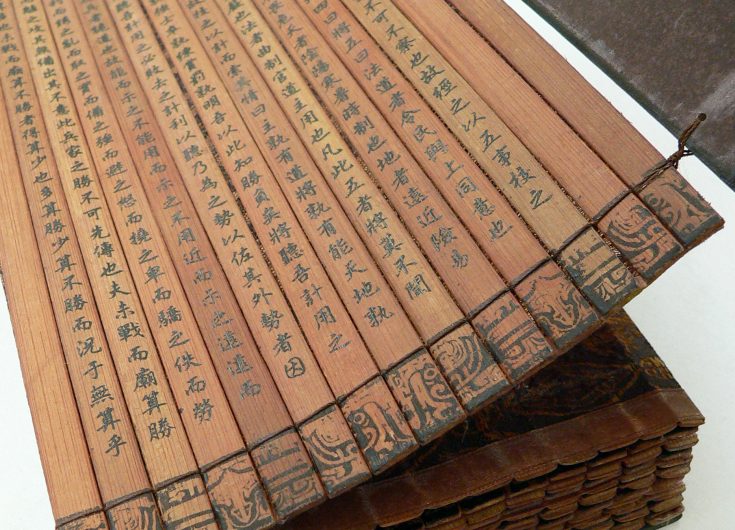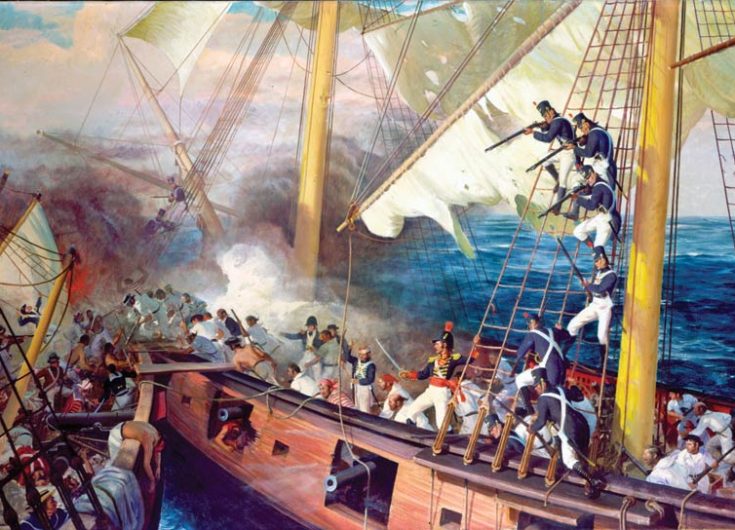

Baylor University
Sun Tzu, The Art of War (c. 500-300 B.C.)
This classic of Eastern thought draws from Taoist philosophy and addresses the conduct of war and competition between states with poeticism unlike any classic of Western military theory. Thought to be the transcriptions of a general’s advice to his king, The Art of War emphasizes the use of the unorthodox and deception to overcome adversaries without jeopardizing the dynasty’s existence during a period of increase lethality of warfare.
U.S. Marine Corps, Small Wars Manual (1940)
The American military and the U.S. Marine Corps in particular had been fighting and analyzing counterinsurgency operations decades before their boots marked the sands of the Middle East and South Asia. Sadly, many of the lessons from these experiences languished on the shelfs of war colleges even as they became vitally important in the field. A handful of forward thinking officers cried for their reconsideration and modernization, and these efforts ultimately led to The U.S. Army and Marine Corps Counterinsurgency Field Manual No. 3-24. However, long before General David Petraeus blended the wisdom of soldiers and scholars to produce his manual, an earlier effort already chronicled many of the central considerations for fighting against insurgencies. The Marine Corps Small Wars Manual, published in 1936 and updated in 1940, remains an important document for understanding the historical development of American counterinsurgency strategy and tactics.
Are We all Clausewitians Now? Reflections on the Work of John Keegan
“I have not been in a battle; not near one, nor heard one from afar, nor seen the aftermath.” Thus John Keegan, later Sir John, began his landmark book, The Face of Battle: A Study of Agincourt, Waterloo, and the Somme, published in 1976. Despite this bit of caution, Keegan’s book was immediately hailed as a classic; one that conveyed what the experiences of combat was like for the participants, above all the common soldier.
Of Geography and Politics
If statesmanship or the political art is synonymous with the art of war or the art of acquisition on the grandest scale, then mastery of geography becomes "the first part" of the statesman's arsenal. "[H]e should learn the nature of sites, and recognize how mountains rise, how valleys open up, how plains lie, and understand the nature of rivers and marshes—and in this invest the greatest care.… And the prince who lacks this skill lacks the first part of what a captain must have." If the "desire to acquire" or the "lust for power" is inherently unlimited and is the governing principle of politics, then the primary concern of politics with geography, the concern with acquisition of territory, in principle knows no bounds. The concern of politics with geography, at a certain point in history, expanded its scope, not just in principle but in fact, to encompass the world.
On Strategic Thinking: Patterns in Modern History
It is precisely during the historical lulls, the quiet backwaters, that the most thinking about strategy should be done—by officers and by political leaders, both serving or aspiring to service. Nor are democracy's other citizens free to ignore defense and foreign affairs; they too might attend to Kipling's poem of warning. Thinking about strategy in peacetime is even more vital than material preparation, though both are vital. Because when war comes, it may be too late. During war, it may be too difficult. In defeat, it will be of no use.
Professor Harold Rood’s Reading List
Professor Harold W. (Bill) Rood (1922-2011) taught courses in International Relations, Diplomacy and Military Power, American Foreign Policy, Constitutional development in the West, and Politics and Technology, at Claremont McKenna (Men’s) College and Claremont Graduate School (now University), and in the Defense and Strategic Studies programs at






